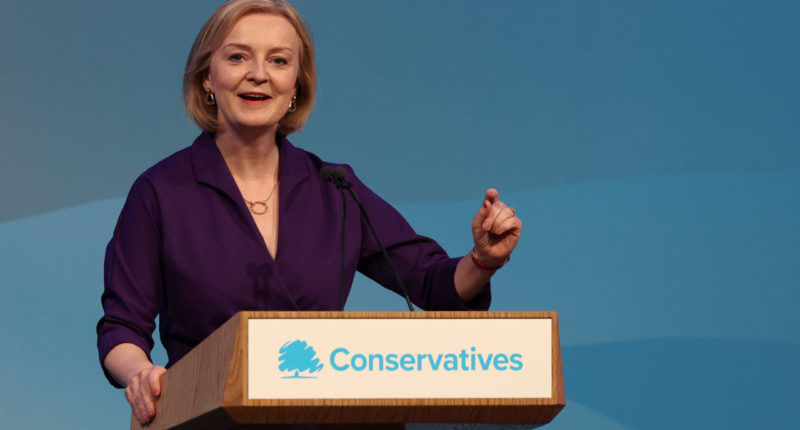Liz Truss resigned as prime minister on Thursday after 44 days in office. She is now destined to become the shortest-serving Prime Minister in the United Kingdom’s 300-year history.
How it started
Truss took over as Prime Minister on September 6 after being voted by Conservative Party members to succeed Boris Johnson as their leader. Her first two weeks were fairly quiet as the Kingdom entered a period of grief following the death of Queen Elizabeth II.
How it went
However, on September 23, her finance minister, Kwasi Kwarteng, made a critical error: without notice, he presented a substantial shift in the country’s economic strategy, vowing to cut taxes for the top earners and lowering the minimum wage. biggest corporations — with no intention of paying for it.
Almost immediately, the value of the British pound plummeted, forcing the UK’s central bank to raise interest rates, and driving up the cost of obtaining a mortgage.
Inflation, which was already at record levels, drove up the cost of living even higher, eroding the Conservative Party’s image for budgetary discipline. Some working-class supporters who were lured to the Conservatives because of their support for Brexit were turned off by a renewed impression that the party solely represented the interests of financial elites.
What’s going to happen?
The Conservative Party, which is deeply split, will now vote on who will replace Truss. A leadership election will be held within the next week, but Truss shall serve as Prime Minister until a successor is appointed.”
It is unclear whether the process will be confined to the party’s legislators in Parliament or whether grassroots members will also be invited to vote. Former finance minister Rishi Sunak, who lost the Conservative leadership election to Truss in September, cabinet minister Penny Mourdant, and even former Prime Minister Boris Johnson have been mentioned.
If they are unable to reach an agreement within their own party, Britain may be forced to hold a general election.

